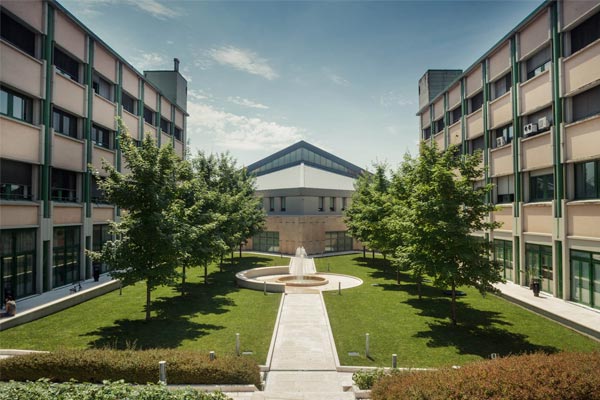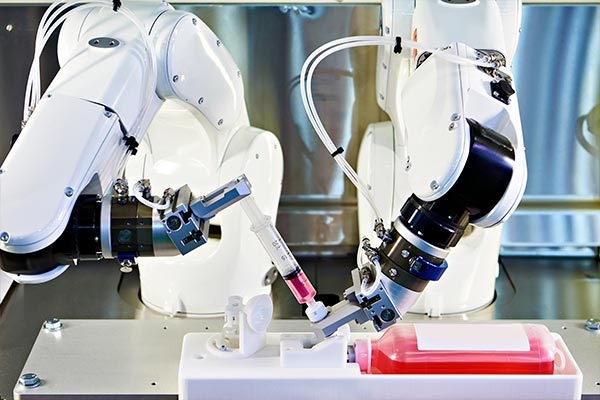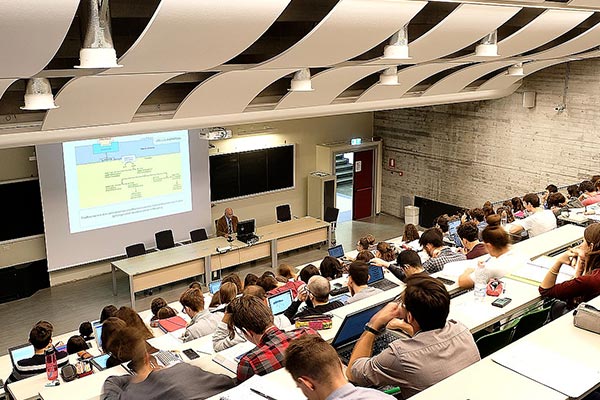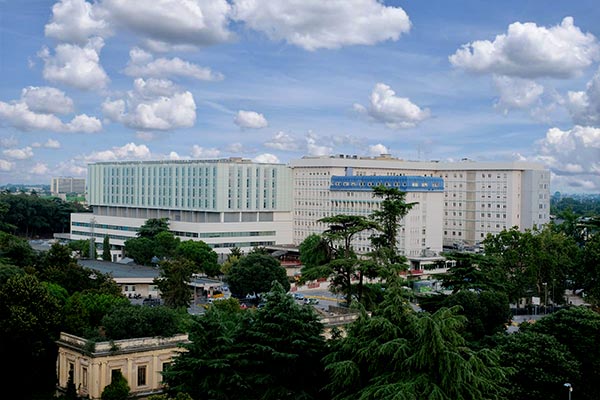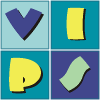The Vision, Image Processing & Sound (VIPS) laboratory is active in research issues related to Computer Vision and Pattern Recognition, Image Processing, and Sound Analysis & Processing, devoted to applications involving Human-Computer Interaction (HCI) and Multimedia aspects in general.
One of the VIPS current research interests comprises image analysis and understandingin the large. In this context, three-dimensional computer vision and Pattern Recognition are the main topics in which, specifically, recovering of 3D information from images, scene/object reconstruction from 3D data, and graphical models constitute the most significant activities. In particular, 3D image registration and fusion, mosaicing, view synthesis are all work in progress. Object recognition and scene reconstruction, also from multisensory data, are also issues VIPS is currently interested in. In this area, we are particularly dealing with methodologies integrating Vision & Graphicsand related issues like image-based modeling, and layered representations. Further, more specific pattern recognition issues are addressed by investigating Hidden Markov Modelstargeted to vision and HCI applications, like image segmentation, shape analysis, and classification of human behavior.
Another main research topic is related to Vision & Sound. In this context, we are addressing augmented and virtual reality applications using visual and acoustic cues, and a project aimed at supporting the navigation of visually impaired people using vision-driven sound, i.e., sound guided by information extracted by the visual scene analysis.
The Sound group of VIPS works on sound analysis, sound synthesis and processing, with applications to human-computer interfaces. Sound synthesis by physical modeling, sound spatialization, digital audio effects and, more in general, sound and music computing are the specialties of the research group.
The VIPS research is mainly oriented towards real-world problems, but "visionary" applications are sometimes addressed too. More technically, VIPS expertise spans on the general aspects of image and signal processing, computer vision and pattern recognition, and more specifically on stereo vision, tracking, and probabilistic techniques for image processing like Markov Random Fields, Bayesian networks, hidden Markov models, and neural networks. Underwater vision (acoustical and optical), data fusion and sensory integration with applications on object detection/recognition, sea floor classification, and bathymetry are also part of the laboratory experience. Due to the many activities involved, also the number of addressed applications is large. Analysis of human behavior, augmented/virtual reality, integration of vision & sound and vision & graphics can be cast in the area of human-computer interaction. Industrial applications like robotics, videosurveillance, automation, visual inspection and quality control, entertainment, and autonomous driving are also tackled using the techniques studied in the VIPS lab.
Our lab is also deeply involved in industrial funded projects. Main sponsors are the European Commission (EC) and local companies. VIPS is involved in EC projects and industrial projects, together with some other funding coming from national governative institutions (Italian Space Agency, Ministry of Education, and so on).
Teaching activities are also included in the lab activities. Together with periodic seminars held by students and researchers, the courses Digital Image Processing, Computer Vision, Computer Graphics, Sound Processing, and Human-Computer Interaction are currently held by the VIPS researchers and included in the Master degree in Computer Science at the University of Verona. Occasionally, the VIPS laboratory organizes conferences and workshops. For instance, on december 2000 the COST-G6 international conference on Digital Audio Effects was organised by the VIPS lab in Verona and sponsored by the European Commission.



